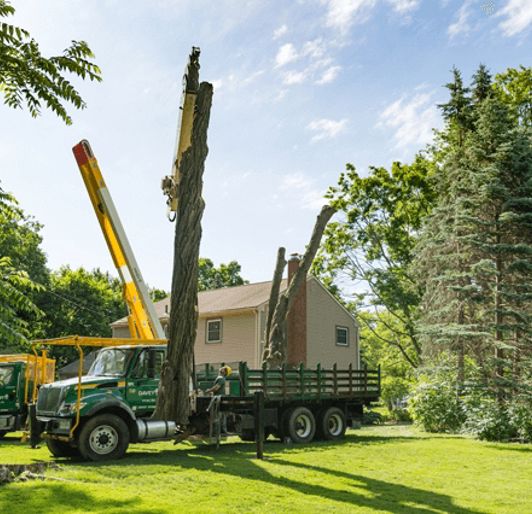All Categories
Featured
The removal of trees can produce open spaces that are vulnerable to weed intrusion. When trees are present, their thick canopies usually color the ground, limiting the amount of sunlight that reaches the dirt. After the removal of trees, these open areas get enhanced sunlight, giving excellent problems for weed development.

They might recommend the use of mulch, which acts as a safety obstacle on the soil surface, preventing weed seeds from sprouting and reducing weed growth.

The visibility of trees promotes an abundant and diverse neighborhood of dirt microorganisms. Tree origins provide a source of raw material, exudates, and nutrients that sustain the growth and activity of beneficial dirt microbes. When trees are removed, the absence of their roots can disrupt the delicate balance of the dirt's microbial ecological community.
Which Is The Best Tree Removal Wollongong Service?
This adjustment in pH can affect nutrient availability, microbial activity, and total soil health and wellness. To deal with the impacts of tree cutting on dirt pH, tree removal specialists can supply important advice. They might advise dirt testing to assess the present pH levels and figure out the necessary changes. Based upon the results, specialists can suggest pH modification techniques, such as including lime to raise soil pH or integrating important sulfur to decrease it.

It describes the compression of dirt fragments, leading to minimized pore space and enhanced dirt thickness. This compaction can negatively influence the soil's capability to operate optimally, affecting its water-holding capacity, nutrition availability, and root penetration. Appropriate techniques employed by tree elimination specialists can aid lessen compaction and maintain the dirt's capacity to maintain water, and permit adequate airflow and cautious devices handling.
Latest Posts
How Much Does Full Service Tree Cutting Wollongong Cost?
Who Has The Best Tree Arborist Wollongong Service?
What Is The Best Tree Arborist Wollongong Service In My Area?